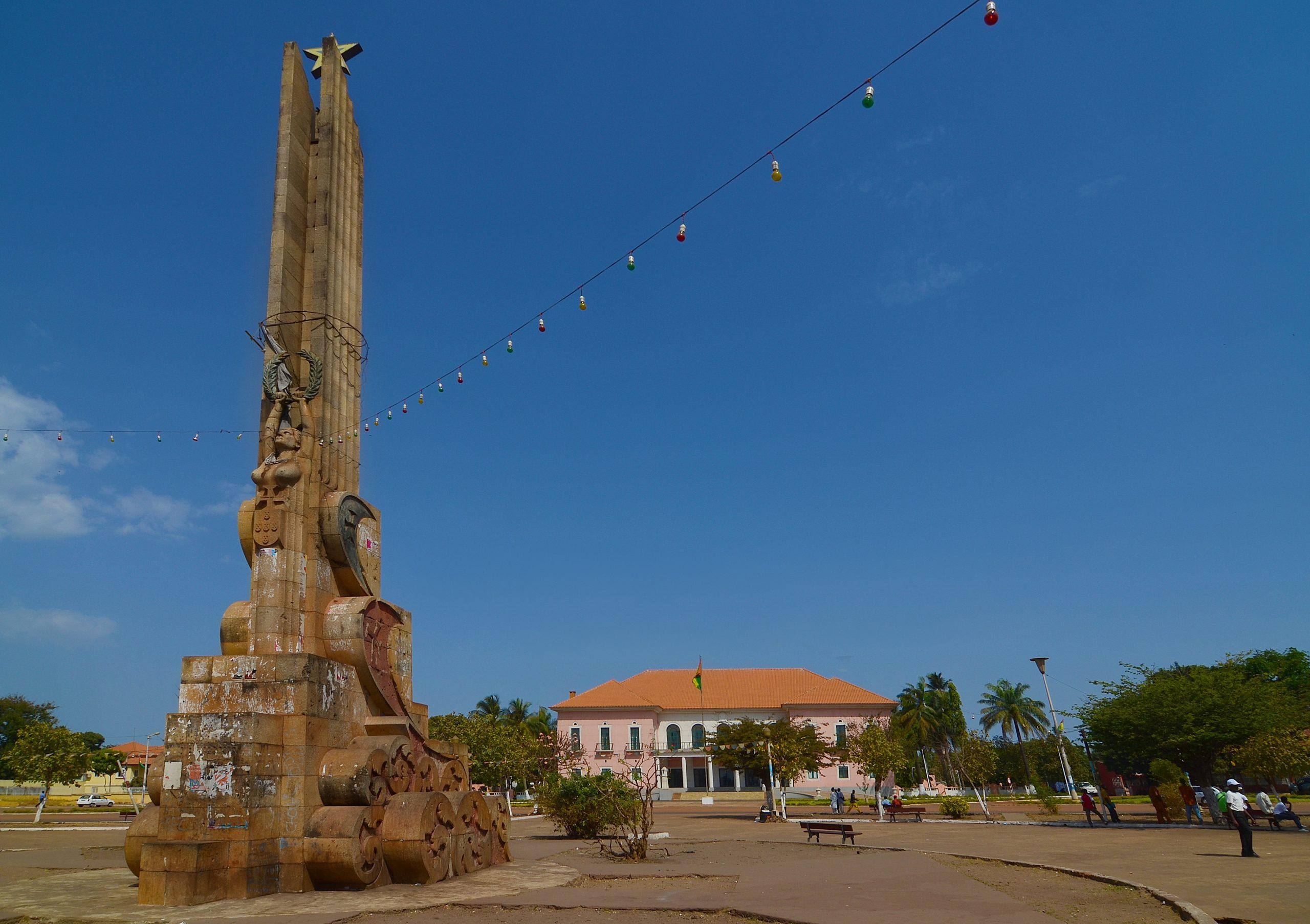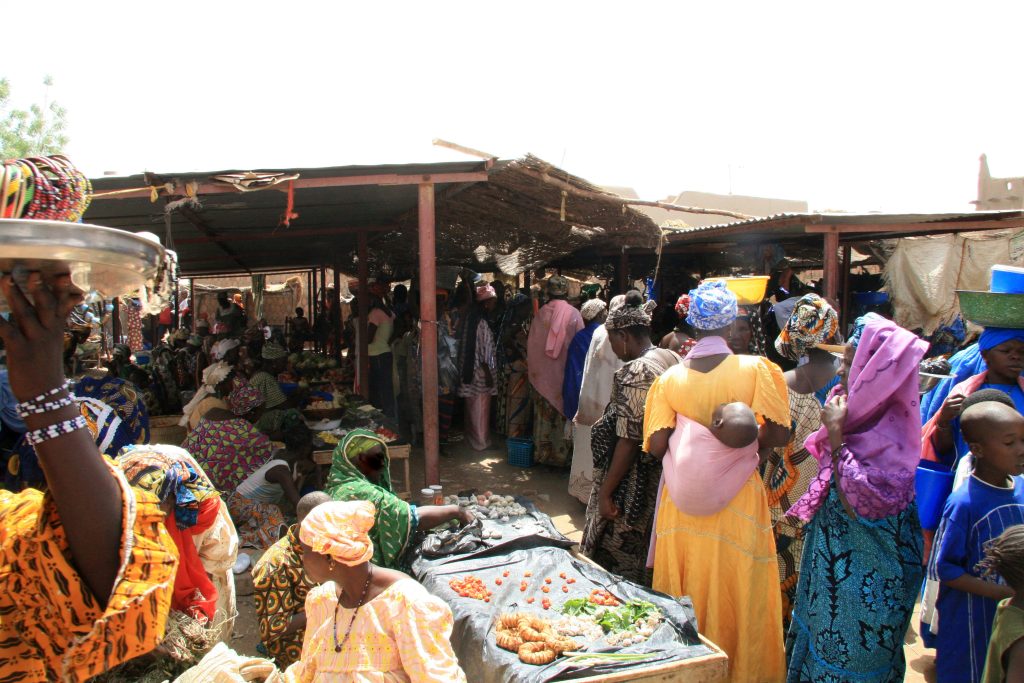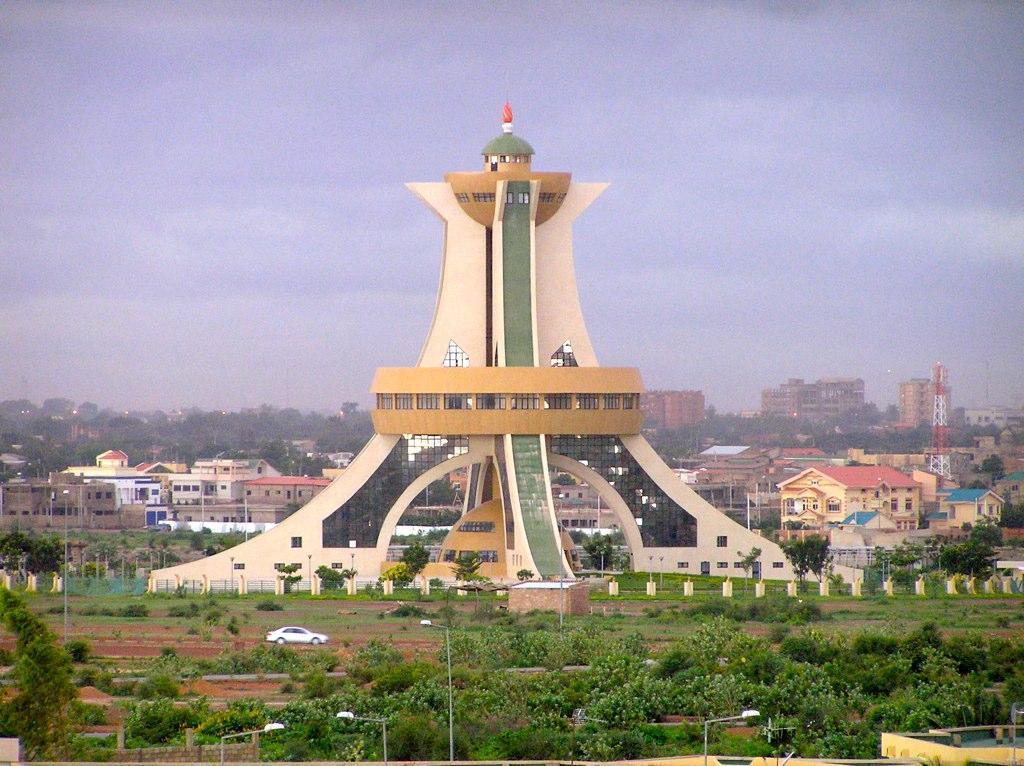Guinea-Bissau has recovered its pre-COVID-19 economic momentum with real GDP growth estimated at 6.4% in 2021 after 1.5% a year earlier. The political stability observed and the willingness of the authorities to put good governance and the restoration of security at the heart of the various policies allow Guinea-Bissau to offer new prospects to its economy by relying on the significant potential of the mining sector. Thus, reforms are being conducted to help the country achieve the objectives of the national development plan, the Guinea-Bissau Vision 2025. These are reforms based on four growth drivers: agriculture and agro-industry, fisheries, tourism, and mining.
An encouraging economic situation
Like the other countries of the WAEMU zone, the Guinea-Bissau economy slowed down in 2020 with a growth rate of 1.5% and almost recorded five consecutive years of sustained growth (4.8% on average over 2015-2019). This slowdown is explained by the collapse of cashew prices, much lower foreign direct investment than in previous years and the impact of containment measures on consumption and investment, aggravated by major floods.
In 2021, the recovery of economic activity was effective in Guinea-Bissau with real GDP growth estimated at 6.4%. Growth in Guinea-Bissau’s economy is expected to consolidate in 2022 with an expected real GDP growth rate of 4.6%, revealing a promising economic outlook.
In addition, the country has made progress in human development. Guinea-Bissau’s Human Development Index (HDI) value was 0.48 in 2019, placing the country in 175th place out of 189 countries. Between 2009 and 2019, Guinea-Bissau’s HDI value increased from 0.42 to 0.48, an increase of 14.3%.
Wealth creation driven by the tertiary sector
The composition of Guinea-Bissau’s GDP shows that the tertiary sector is the main source of wealth creation in the country. This sector alone accounted for 48.0% of GDP in 2021, an increase of 2.9 points compared to 2015.
After growing by +6.4% in 2021, the tertiary sector is expected to grow by +5.3% in 2022. This increase is explained by the expected increase in activity in the commercial, hotel, and transport sectors in line with the control of the current health crisis. In the area of telecommunications, World Bank financing to provide the country with fiber-optic infrastructure will be a considerable asset.
In the primary sector, its contribution to GDP formation decreased between 2017 and 2021, from 36.4% to 34.5%, a decrease of 1.9 points. However, the primary sector grew by 3.2% in 2020 after 5.3% in 2019. This slowdown is explained by the major floods that have affected the country and especially by the effects of the COVID-19 pandemic. Indeed, border closures and traffic restrictions have delayed the launch of the cashew season in 2020, which has had a strong impact on the agricultural sector, which employs 70% of the workforce. In 2021, activity growth accelerated in the primary sector with an estimated growth of 5.4%.
As for the contribution of the secondary sector to the training of PIB, it would be 12.7% in 2021, up 0.2 points compared to 2020. The secondary sector has been dynamic over the past three years in line with the performance of the energy subsector. It grew by +5.7% and +1.1% respectively in 2021 and 2020 after a decline of 0.1% in 2019.
National development and economic prospects
Guinea-Bissau adopted in 2015 a new reference framework for its development policy for the next decade: the Guinea-Bissau vision in 2025. Under the name “Terra Ranka”, its main objectives are the growth and emergence of a diversified economy, the restoration of security, and good governance.
As for the Guinea-Bissau 2025 vision, it consists of “A positive Guinea-Bissau, politically stabilized by inclusive development, good governance and the preservation of biodiversity”.
The “Terra Ranka” plan is based on four growth drivers: agriculture and agro-industry, fisheries, tourism, and mining.
More specifically, over the period 2021-2025, the main objectives pursued are:
- Achieve an economic growth rate of 5.4% on average per year
- Improve tax revenue collection to achieve an average tax burden rate of 9.8%
- Contain the stock of debt at 33% of GDP on average over the period
- Continue to control the wage bill to gradually reduce the ratio to tax revenues to 48.7% on average.
For more information on the economic situation in Guinea-Bissau, download the country’s information note prepared by UMOA-Titres.
Source: Guinea-Bissau Information Note – UMOA-Titres, September 2022











